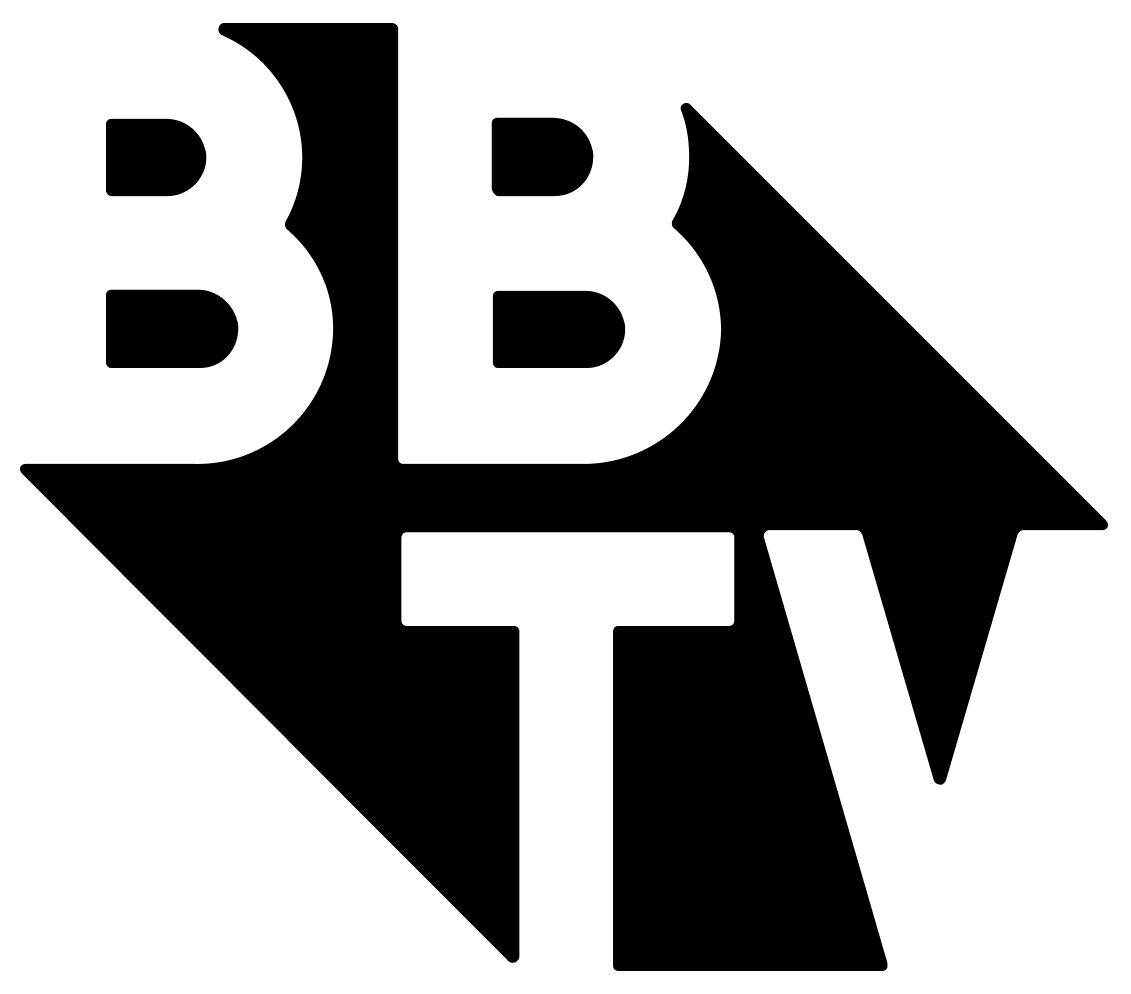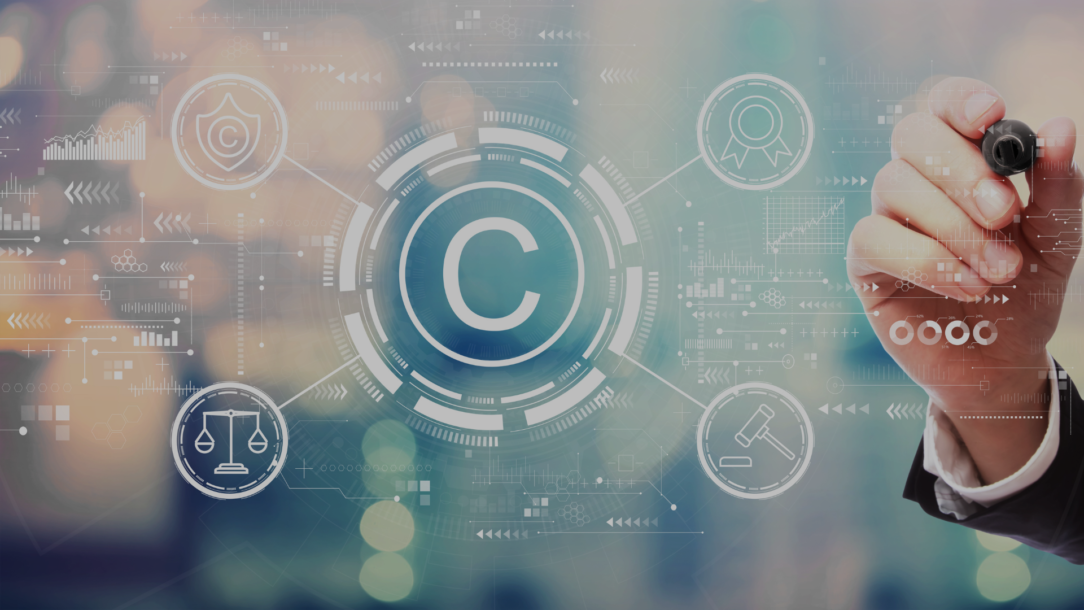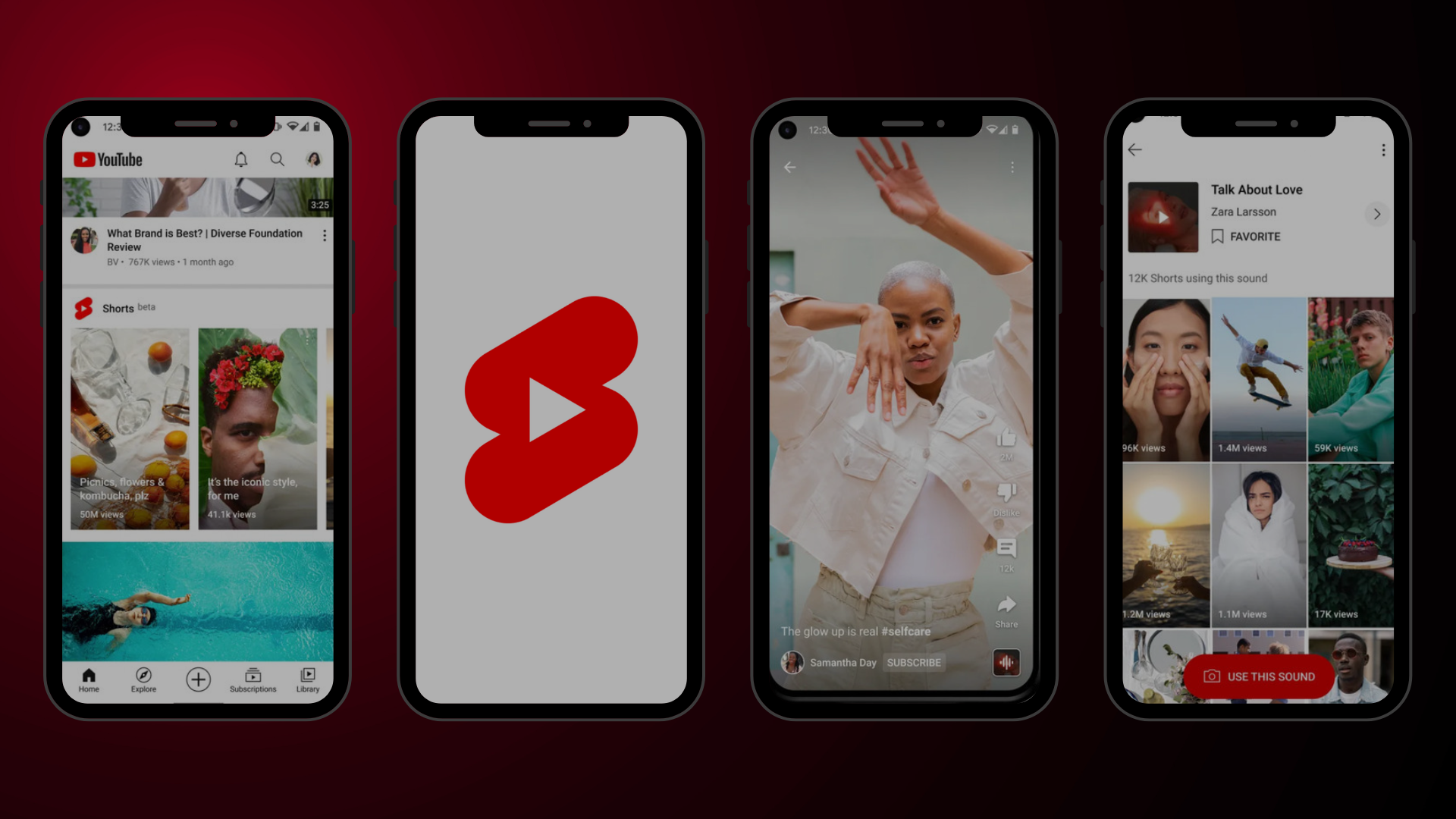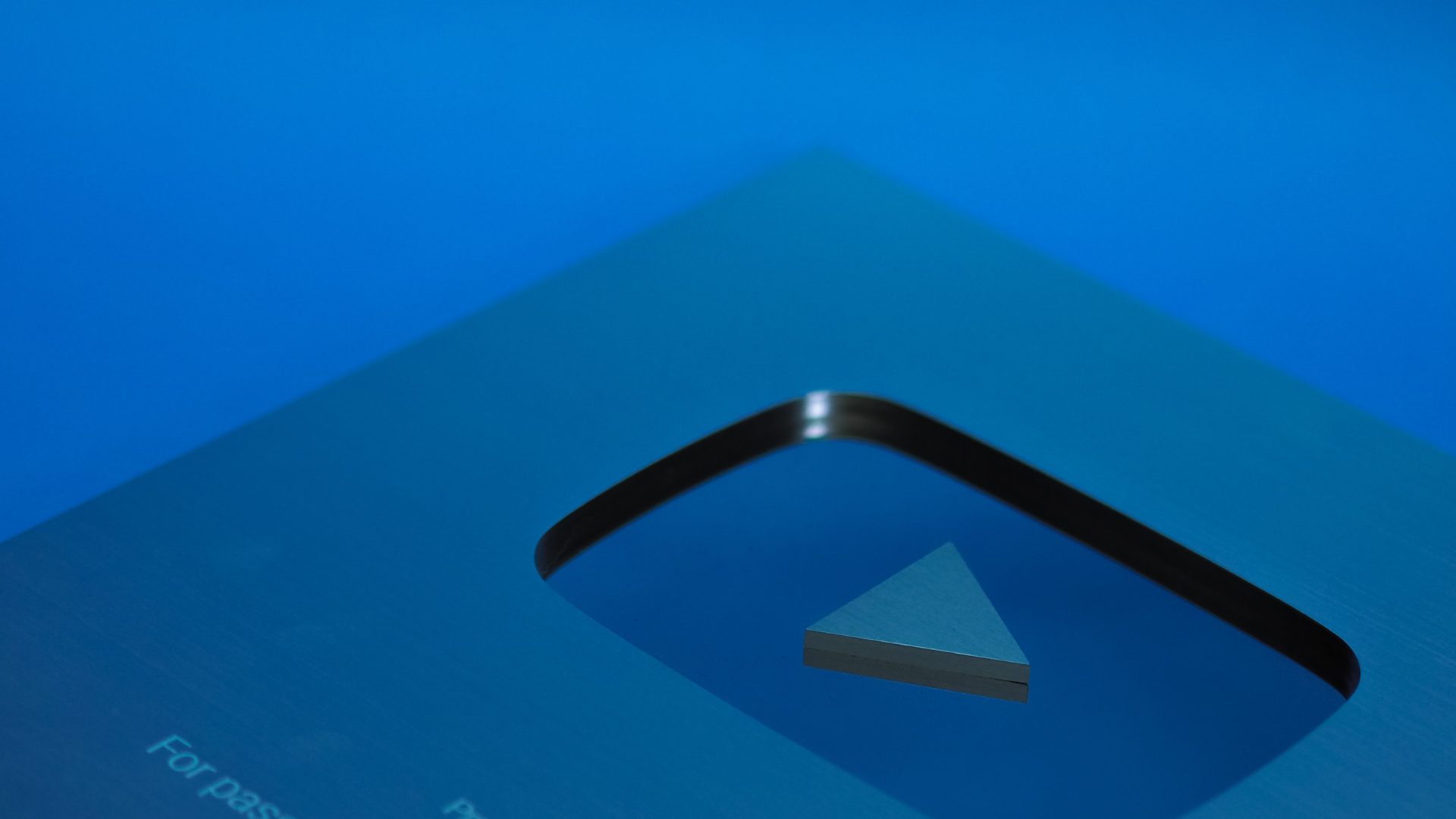YouTube is a powerhouse when it comes to video content. It’s an incredible platform that enables creators to share their content with a global audience. With over two billion logged-in monthly users, it’s a platform where talents are discovered, stories are told, and communities are formed. One major aspect that often gets overlooked is YouTube’s complex and strict rights management landscape. In essence, rights management encompasses the intricate web of copyright, intellectual property and licensing considerations crucial to content creation on the platform.
In this beginner’s guide, we’ll walk you through the fundamentals of YouTube Rights Management. We’ll provide you with a foundational understanding, empowering you to make informed decisions about content–whether you’re a creator making the videos, or an advertiser looking to integrate within programming on YouTube – while ensuring compliance with YouTube’s policies and the broader legal landscape. Mastering rights management is essential to thrive in this digital realm.
Understanding Copyright Basics
Before diving into YouTube’s rights management tools and policies, it’s crucial to grasp the fundamentals of copyright. Copyright law is designed to protect the original creative works of individuals and entities. These works include videos, music, written content, and more. When you create something original, you automatically hold the copyright to it. This means you have exclusive rights to use, distribute, and profit from your work.
However, when you use someone else’s copyrighted material in your videos (music, images, or clips from other videos and entities) you must obtain the necessary rights or permissions. Failure to do so can result in copyright infringement claims, which may lead to penalties, demonetization, or even the removal of your videos or channel.
YouTube’s Copyright System: Content ID
To help copyright owners protect their content and manage its use on the platform, YouTube has developed a sophisticated system known as Content ID. Content ID is a digital fingerprinting technology that scans and identifies copyrighted material within videos. Here’s how it works:
- Content Submission: Copyright owners, which can include music labels, film studios, individual artists, and creators, submit their content to YouTube’s Content ID database.
- Matching and Identification: YouTube’s Content ID scans every video uploaded to the platform against the content in its database. When a match is found, YouTube takes one of three actions: block the video, monetize it on behalf of the copyright owner, or track its performance. This is important even for brands and advertisers integrating within content through sponsorships and branded entertainment, as blocked videos will stunt any possible success for your campaigns.
- Monetization: If the copyright owner chooses to monetize the video, they can display ads on it, generating revenue from those ads. Typically, the revenue is shared with the video creator if the video contains a significant amount of copyrighted material.
- Blocking or Removing Videos: Copyright owners have the option to block videos containing their copyrighted material entirely or request their removal from the platform.
How YouTube Rights Management Affects Channels & Monetization
It’s crucial to understand how YouTube’s rights management system can impact a YouTube channel and its content:
- Copyright Claims: If you use copyrighted material without proper rights or permissions, you may receive a copyright claim on your video. This means that the copyright owner has identified their content in your video. While copyright claims don’t result in penalties, it may limit your ability to monetize the video, and ads may be displayed on it.
- Disputing Claims: If you believe you have the rights to use the copyrighted material in question (e.g., through a valid license or under fair use), you can dispute the claim. This process involves providing evidence of your rights and may require legal assistance.
- Copyright Strikes: Repeated or severe copyright violations can lead to copyright strikes against a channel. Accumulating three strikes can result in channel termination, so it’s essential to respect copyright rules.
Tips for Effective Rights Management on YouTube
To manage rights effectively on YouTube and avoid copyright issues, follow these essential tips:
- YouTube’s Audio Library: YouTube provides an Audio Library with music and sound effects that creators can use for free in their videos without copyright concerns.
- Use Copyright-Free Material: Whenever possible, use copyright-free music, images, and video clips in your content to avoid copyright issues altogether.
- Obtain Permissions: If you want to use copyrighted material, seek written permission from the copyright owner or use platforms that provide licensed content for creators.
- Understand Fair Use: Familiarize yourself with the concept of fair use, which allows limited use of copyrighted material for purposes such as commentary, criticism, or education. Fair use is a complex legal doctrine, so seek legal advice if you’re unsure.
- Credit Sources: When using third-party content under fair use or with permission, always credit the source appropriately in your video description.
- Monitor Your Content: Regularly check for copyright claims on your videos through your YouTube Studio dashboard.
- Stay Informed: Keep up to date with YouTube’s policies and guidelines, as they can evolve over time.
YouTube rights management is a critical aspect of being a responsible and successful content creator on the platform. Understanding copyright basics, the Content ID system, and how these factors affect your content is vital to one’s long-term success on YouTube.
Turning the tables to brands and advertisers, your understanding of what creators and content you are looking to collaborate with will play a major role in the success of your campaigns. For example, aligning with original content, or partnering with creators that have permission to utilize exclusive IP such as our NBA Playmakers network, will ensure that the security of your brand is preserved and guaranteed to live online.
By respecting copyright rules, using content responsibly, and staying informed, you can create and share content without encountering significant rights-related issues, allowing your channel or ad campaigns to thrive.
Written by: Kelly Marcolin, Senior Partner Manager




